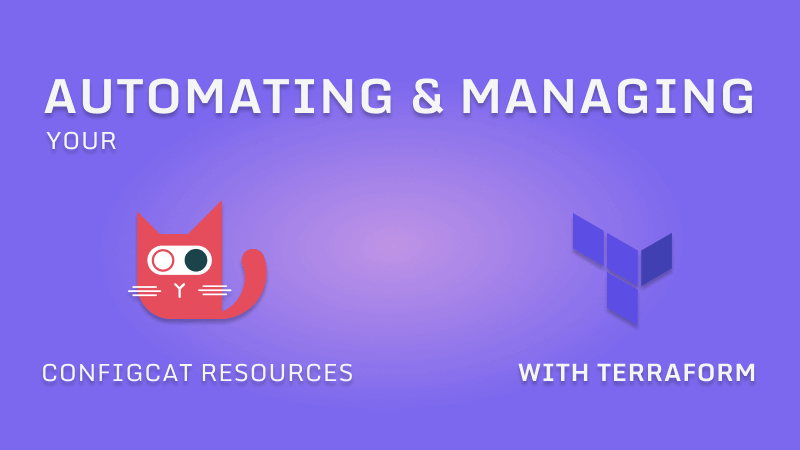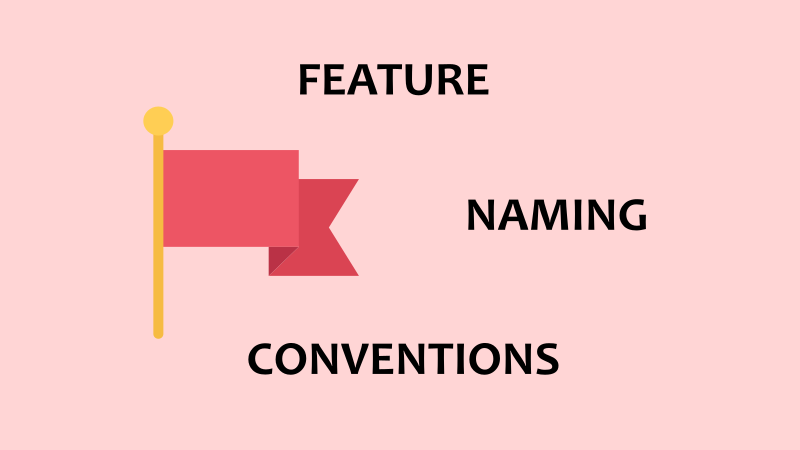Feature Flags for Modern Software Development
Feature flags are becoming a prominent part of DevOps practices and for good reason. They allow you to turn features in your live application on or off without redeploying code. You might think that something so powerful would require some rocket science-level programming to implement, but you'd be surprised to know that, at their core, feature flags are booleans and if-then-else statements.

Okay, that's an oversimplification of things, but it's true. And while there are different ways of implementing feature flags, they all share this common core. That said, let's take a broader look at feature flags and their uses in modern software development.












